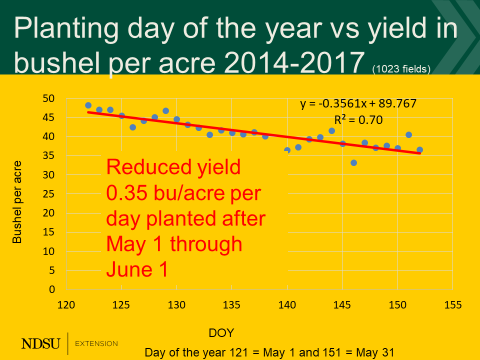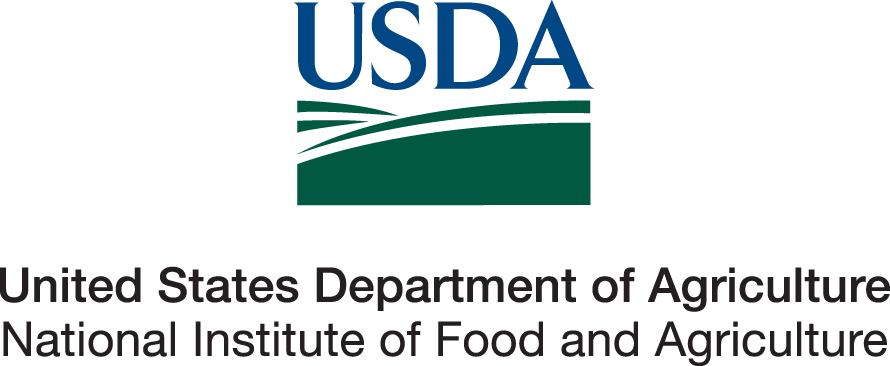Early Soybean Planting Considerations (05/06/21)
Soybean seeds take up water within the first hours after planting (imbibition period), if soil moisture is available, and will usually complete the initial water uptake within the first 24 to 30 hours. During this period the soil temperatures where the seed is placed, should not be cooler than about 45°F. Therefore it is important to avoid planning soybean seed if cold rain or cold temperatures are expected within 24 hours of planting. The imbibition phase is a temperature-sensitive period where fast water uptake results in the hydration of the cells in the seed. If the seed takes up very cold water, chilling damage (seed injury), and potentially lower plant stand may occur as a result. After the imbibition phase, the risk of chilling injury ends. Research has indicated that the quality of the seed (cracked seed coats), seed moisture (less than 13%) at seeding, variety and soil moisture (dry, moist, or saturated soil) all influence chilling injury risk as well. When possible, plant soybean in the warmer part of the day or when air temperatures are predicted to increase. Soil temperatures can be measured in the field with a thermometer or obtained from NDAWN weather station sites soil temperature reading at http://cloud.ndawn.org.

After the initial imbibition period the seeds take up water by osmosis. Seeds and seedlings in this phase are tolerant of soil temps as low as 35-40°F. Temperatures below 50°F will lengthen the period from imbibition to emergence. Seed laying in cool soil for extended periods have an increased risk for soil-borne diseases, especially when the soil is also wet. Fungicide seed treatments can be used to prevent diseases and typically result in a higher percent established plants, compared with no treatment. During cold conditions, seed growth and development are usually delayed until soil temperatures warm up.

A large North Dakota grower study, with over 1000 reported observations, indicates that there is a reduced yield potential of about 0.3 bushel per acre per day, when planting is delayed between May 1 and May 31 (graph). Also, NDSU research indicates a 9-trial average yield increase of 8% with soybean planted during the first 10 days of May or earlier versus the last half of May. This information about early planting should be interpreted with some caution. The recommendation is that the field soil condition is adequate for planting, the soil temperatures are conducive (around 50°F), the weather forecast is favorable, and the risk of frost after germination is low. It typically takes 10 to 15 days for early planted soybean to germinate (depends on the moisture availability and temperature), so planting can be done before the last predicted frost. Knowing the long-term average last frost day in the spring for your county and the average date of first frost in the fall can help in managing risk. The cost-benefit of potential higher yield for early planting must be weighed against the risk for potential frost damage.
Extension Agronomist Broadleaf Crops


